Ever since the space race, humankind has launched a lot of things into space and in the process have polluted our orbit. Sometimes experimental satellites went awry and turned to debris as soon as they launched, and other times space accidents created lots of space junk.
In some cases, the creation of space junk was the direct result of intentional exploding satellites, such as China destroying a defunct weather satellite with a missile that added more than 3,000 pieces to orbit. NASA estimates that there are more than half a million items larger than a marble currently floating in space. These are the ones that can be tracked! There may be millions more that cannot be tracked.
In 1963, the Project West Ford colloquially known as Project Needles, launched 500 million copper wires into orbit to form a dipole antennas so military messages could be sent coast to coast in the United States. These needles were only supposed to stay in orbit for three years, but they outlasted the initial project and remain in orbit to this day: in 2016 there were 38 clusters in existence. These items are all in constant movement and depending where they are in orbit have speeds that can reach to about 17,500 miles per hour.
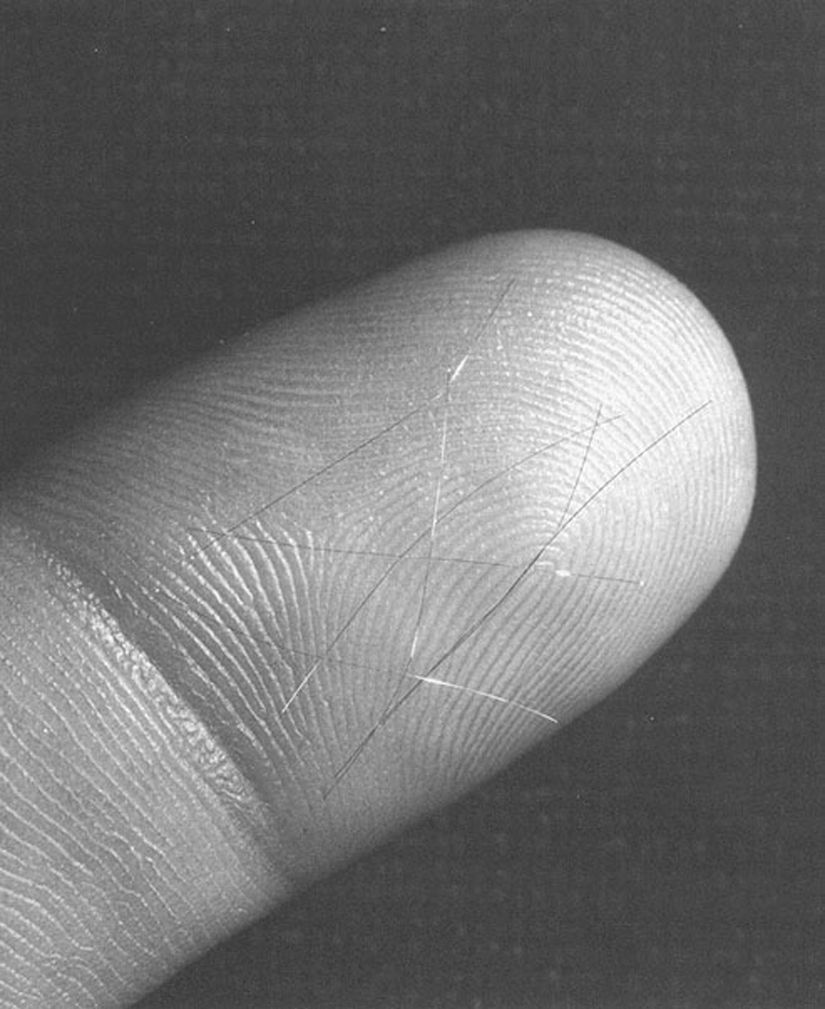
Space Junk: An Imminent Threat
The closer an object is to the Earth, the faster it travels. The debris can hit each other and other objects and lose energy, causing them to switch to lower orbits. This is potentially dangerous to active satellites, Hubble Space Telescope, and the International Space Station (ISS). In 1957, the United States Department of Defense started tracking space debris larger than a grapefruit. Presently in conjunction with NASA, they actively track approximately 21,000 items with a special satellite.
There are established protocols to address debris to protect the ISS, one is called the “Debris Avoidance Maneuver”, that moves the ISS out of the path of incoming debris. This is not as easy as it sounds, since the ISS is as big as a soccer field and weighs 450 tons. If time is to short, or the maneuver is not feasible, the ISS crew members move to the Soyuz spacecraft to prepare to return to Earth in an emergency. This has happened 3 times in history, but no space debris has caused an emergency Earth landing.
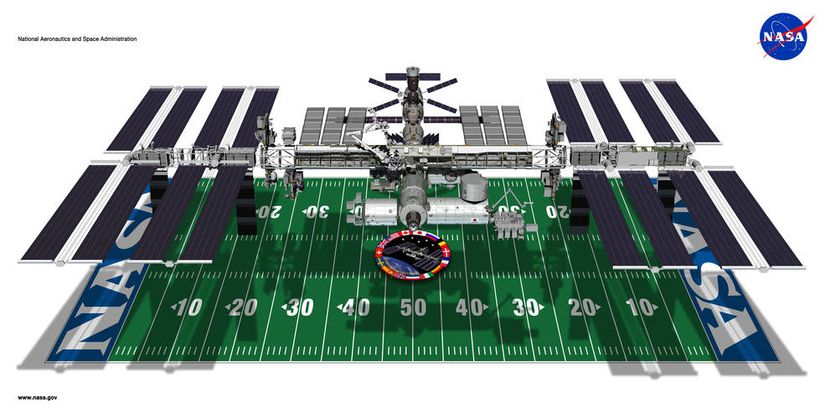
Also concerning is that even small, untraceable items can cause damage and impose danger on space activities. It is estimated that there are more than 100 million pieces smaller than 1.5 centimeters in our orbit. One of these pieces led to the the ISS to replace a window. It was determined that the damage on the window was caused simply from tiny paint flecks that were smaller than 1 millimeter.
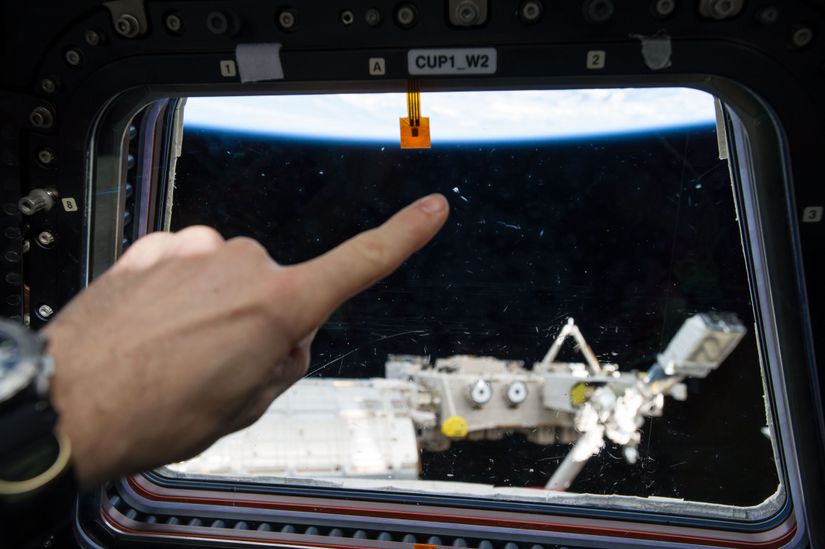
The ISS has also sustained damage to thermal radiators and solar panels from small space debris. In late 2017, SpaceX Dragon cargo vehicle delivered the “Space Debris Sensor” that is allowing the ISS to monitor impacts caused by small-scale space debris for the following two to three years.
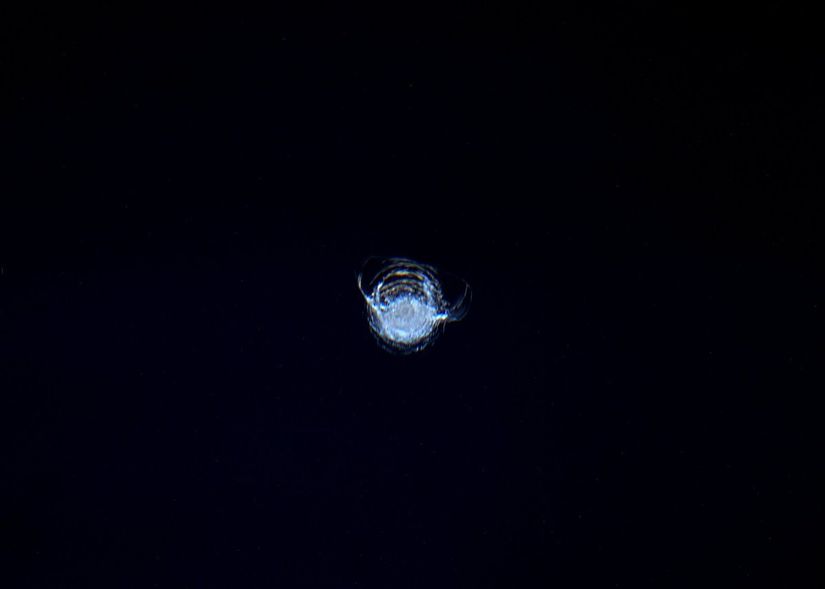
What Happens to the Debris?
Obviously, this junk does not stay in orbit forever. Some will eventually lose energy due to collisions and enter Earth’s atmosphere. In fact, every week, 4400 pounds of debris uncontrollably re-enters our atmosphere.
Luckily for us on Earth, most of these objects burn up in the atmosphere upon reentry. Even if they survive beyond reentry, more than likely they will break down into smaller pieces and land in oceans. Because remember: Water covers 70 percent of the Earth’s surfaces. So, it’s unlikely that you will be hit with space debris, but the probability is not zero.
Some scientists classify our orbit as being at “critical density”. This means that “more fragments will be generated by collisions, than will be removed by atmospheric drag, even if no further objects are added.
How Will We Solve the Space Junk Problem?
There is research being done to help address this issue, such as improving detection methods and removal technologies that involve capture of space debris, laser beams to interfere with the orbit of the debris and promote decay or pushing debris further out away from satellites zones, and even upcycling old satellite parts.
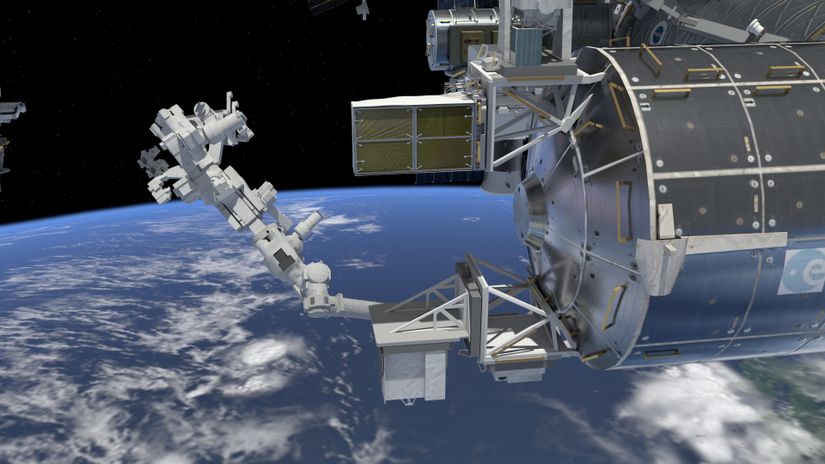
There has also been an active effort in space activities to limit or prevent additional debris from being added to the orbit that will only become more important as companies are wanting to launch their own satellites. For example, SpaceX have been launching satellites into our orbit to create broadband internet. They were first granted permission to launch up to 12,000 satellites from U.S. Federal Communications Commission (FCC), but more recent requests from SpaceX indicate they want permission from the International Telecommunication Union (ITU) to launch up to 30,000 more satellites.
Evrim Ağacı'nın çalışmalarına Kreosus, Patreon veya YouTube üzerinden maddi destekte bulunarak hem Türkiye'de bilim anlatıcılığının gelişmesine katkı sağlayabilirsiniz, hem de site ve uygulamamızı reklamsız olarak deneyimleyebilirsiniz. Reklamsız deneyim, sitemizin/uygulamamızın çeşitli kısımlarda gösterilen Google reklamlarını ve destek çağrılarını görmediğiniz, %100 reklamsız ve çok daha temiz bir site deneyimi sunmaktadır.
KreosusKreosus'ta her 50₺'lik destek, 1 aylık reklamsız deneyime karşılık geliyor. Bu sayede, tek seferlik destekçilerimiz de, aylık destekçilerimiz de toplam destekleriyle doğru orantılı bir süre boyunca reklamsız deneyim elde edebiliyorlar.
Kreosus destekçilerimizin reklamsız deneyimi, destek olmaya başladıkları anda devreye girmektedir ve ek bir işleme gerek yoktur.
PatreonPatreon destekçilerimiz, destek miktarından bağımsız olarak, Evrim Ağacı'na destek oldukları süre boyunca reklamsız deneyime erişmeyi sürdürebiliyorlar.
Patreon destekçilerimizin Patreon ile ilişkili e-posta hesapları, Evrim Ağacı'ndaki üyelik e-postaları ile birebir aynı olmalıdır. Patreon destekçilerimizin reklamsız deneyiminin devreye girmesi 24 saat alabilmektedir.
YouTubeYouTube destekçilerimizin hepsi otomatik olarak reklamsız deneyime şimdilik erişemiyorlar ve şu anda, YouTube üzerinden her destek seviyesine reklamsız deneyim ayrıcalığını sunamamaktayız. YouTube Destek Sistemi üzerinde sunulan farklı seviyelerin açıklamalarını okuyarak, hangi ayrıcalıklara erişebileceğinizi öğrenebilirsiniz.
Eğer seçtiğiniz seviye reklamsız deneyim ayrıcalığı sunuyorsa, destek olduktan sonra YouTube tarafından gösterilecek olan bağlantıdaki formu doldurarak reklamsız deneyime erişebilirsiniz. YouTube destekçilerimizin reklamsız deneyiminin devreye girmesi, formu doldurduktan sonra 24-72 saat alabilmektedir.
Diğer PlatformlarBu 3 platform haricinde destek olan destekçilerimize ne yazık ki reklamsız deneyim ayrıcalığını sunamamaktayız. Destekleriniz sayesinde sistemlerimizi geliştirmeyi sürdürüyoruz ve umuyoruz bu ayrıcalıkları zamanla genişletebileceğiz.
Giriş yapmayı unutmayın!Reklamsız deneyim için, maddi desteğiniz ile ilişkilendirilmiş olan Evrim Ağacı hesabınıza üye girişi yapmanız gerekmektedir. Giriş yapmadığınız takdirde reklamları görmeye devam edeceksinizdir.
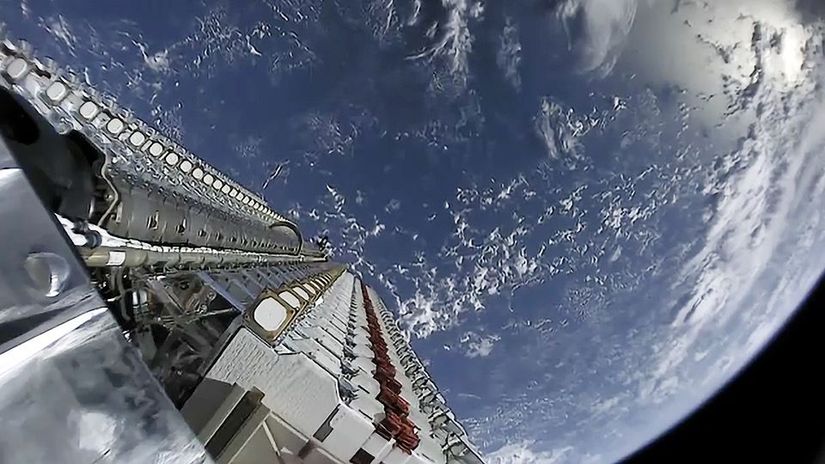
However, given that the aerospace initiatives may allow us to surpass the limits of our Pale Blue Dot, and allow us to spread to the Solar System and maybe eventually to the Milkyway Galaxy… We don’t think this is a dream that we can let go, just because of space debris.
But hey… Who knows? Maybe one of you who is reading this will come up with the ultimate solution to space debris that allows us to limit or not create debris during our attempts to leave Earth, to study the universe, to communicate around the Earth, to connect to the Internet and so forth.
- 1
- 1
- 0
- 0
- 0
- 0
- 0
- 0
- 0
- 0
- 0
- 0
- L. Hall. The History Of Space Debris. (6 Kasım 2014). Alındığı Tarih: 9 Aralık 2019. Alındığı Yer: Embry-Riddle Aeronautical University | Arşiv Bağlantısı
- NASA Orbital Debris Program. Photo Gallery. (9 Aralık 2019). Alındığı Tarih: 9 Aralık 2019. Alındığı Yer: NASA Orbital Debris Program Office | Arşiv Bağlantısı
- D. Szondy. Nasa Straps A New Space Debris Sensor Onto The Iss. (4 Ocak 2019). Alındığı Tarih: 9 Aralık 2019. Alındığı Yer: New Atlas | Arşiv Bağlantısı
Evrim Ağacı'na her ay sadece 1 kahve ısmarlayarak destek olmak ister misiniz?
Şu iki siteden birini kullanarak şimdi destek olabilirsiniz:
kreosus.com/evrimagaci | patreon.com/evrimagaci
Çıktı Bilgisi: Bu sayfa, Evrim Ağacı yazdırma aracı kullanılarak 16/12/2025 07:38:24 tarihinde oluşturulmuştur. Evrim Ağacı'ndaki içeriklerin tamamı, birden fazla editör tarafından, durmaksızın elden geçirilmekte, güncellenmekte ve geliştirilmektedir. Dolayısıyla bu çıktının alındığı tarihten sonra yapılan güncellemeleri görmek ve bu içeriğin en güncel halini okumak için lütfen şu adrese gidiniz: https://evrimagaci.org/s/8103
İçerik Kullanım İzinleri: Evrim Ağacı'ndaki yazılı içerikler orijinallerine hiçbir şekilde dokunulmadığı müddetçe izin alınmaksızın paylaşılabilir, kopyalanabilir, yapıştırılabilir, çoğaltılabilir, basılabilir, dağıtılabilir, yayılabilir, alıntılanabilir. Ancak bu içeriklerin hiçbiri izin alınmaksızın değiştirilemez ve değiştirilmiş halleri Evrim Ağacı'na aitmiş gibi sunulamaz. Benzer şekilde, içeriklerin hiçbiri, söz konusu içeriğin açıkça belirtilmiş yazarlarından ve Evrim Ağacı'ndan başkasına aitmiş gibi sunulamaz. Bu sayfa izin alınmaksızın düzenlenemez, Evrim Ağacı logosu, yazar/editör bilgileri ve içeriğin diğer kısımları izin alınmaksızın değiştirilemez veya kaldırılamaz.









